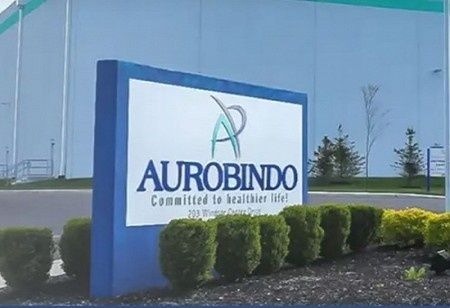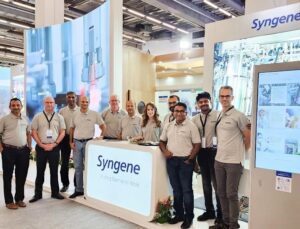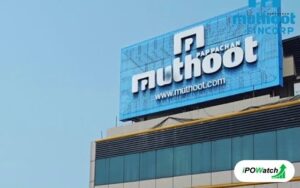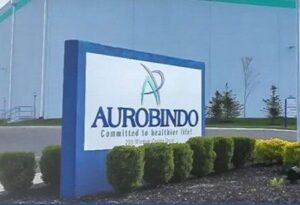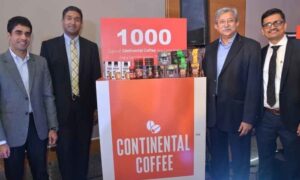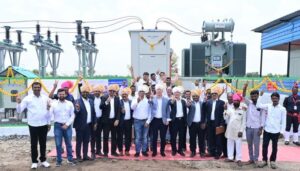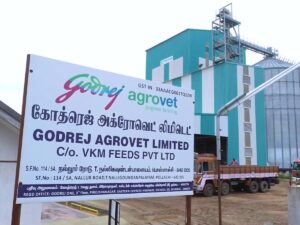1. At a Glance
Aurobindo Pharma’s Q2FY26 results are out — and let’s just say the Hyderabad pharma giant continues its “generics royalty” reign with the calm arrogance of a company that files ANDAs like the rest of us send WhatsApp forwards. The company clocked arevenue of ₹8,286 croreand anet profit of ₹848 crore, marking a modest6.3% YoY growth in salesand a3.8% rise in profit. TheOperating Profit Marginstayed steady at20%, proving that even in a world of patent cliffs and FDA inspections, Aurobindo can still squeeze decent margins out of paracetamol and penicillin.
At a market cap of₹67,330 croreand aP/E of 19.7x, it’s cheaper than its more glamorous peers but definitely not a “penny stock” drug dealer. TheROCE stands at 14.2%, whileROE lingers at 11.1%— a mix of efficiency and “R&D hangover.” Thedebt is ₹8,263 crorewith aD/E ratio of 0.25, meaning the balance sheet is sturdy enough to survive another FDA observation or two.
And speaking of those, the quarter was a reality show:two Form 483s,a $250M US acquisition (Lannett), and7 ANDA approvals. Who says pharma is boring?
2. Introduction
Aurobindo Pharma has perfected the art of selling off-patent molecules to the world while surviving periodic FDA heart attacks. It’s the kind of company that can take an antibiotic older than your dad’s Nokia 3310 and still make crores out of it — all while juggling 29 plants, 150 countries, and regulators breathing down its neck.
FromARVs for AfricatoADHD drugs for America, this Hyderabad-based empire has built its fortunes on being India’s most consistent pharmaceutical exporter. Yet, its stock has been as moody as a teenager on exam day — down18% in the past year, even though its 3-year return is a healthy27.6%. Investors don’t seem sure whether to call it a comeback or a caffeine crash.
The real kicker? Just when it looked like a boring “generic machine,” Aurobindo decided to flex its innovation muscle. Its biologics arm,CuraTeQ, pulled offmultiple biosimilar approvalsfrom the UK’s MHRA and Europe’s EMA — fromtrastuzumab (Dazublys™)toDyrupegandZefylti. If these names sound like Marvel villains, that’s because they kind of are — they might actually save Aurobindo’s next growth chapter.
But the FDA never sleeps. BetweenAugust and September 2025, Aurobindo collected more Form 483s than medals in a school sports day — 8 for Unit XII and 5 for its Apitoria subsidiary. None were “data integrity” issues (the pharma world’s equivalent of a felony), but still, it’s not exactly a compliment.
So the question is: is Aurobindo scripting a biosimilar rebirth, or just another sequel in its long-running generics soap opera?
3. Business Model – WTF Do They Even Do?
If you’ve ever swallowed a pill with a name ending in “-zole” or “-mab,” chances are Aurobindo was somewhere in the supply chain, quietly billing dollars.
The company’s business model runs on two engines:
A) Formulations (87% of Q3 FY25 revenue):This is where the real money is — tablets, capsules, syrups, and injectables that target the big therapeutic gangs: CNS, cardiovascular, anti-retroviral, gastrointestinal, diabetic, and allergy segments. In other words, everything from depression to indigestion.
Aurobindo’sUS businessalone contributes53%of total revenue, whileEurope adds 30%,Growth Markets (Latin America, Africa, Asia)give13%, and theARV segment contributes 4%. It’s like an Indian wedding buffet — a bit of everything, but America gets the biggest plate.
In the US,generic orals dominate (68%), whileinjectables and specialtynow form18%, showing the gradual shift from cheap copycats to complex generics and specialty injectables.
B) API Segment (13% of revenue):The API (Active Pharmaceutical Ingredients) business is Aurobindo’s roots — the original “biryani masala” before it started cooking the full meal. With19,000 MTPA API capacity, the company manufactures bothbeta-lactamandnon-beta-lactamproducts. The beta-lactams (penicillins, cephalosporins, penems) make up72%of this segment, thanks to its newPenicillin-G and 6-APA plantsunder the government’s PLI scheme.
It’s vertically integrated, which in pharma-speak means: “We make our own drugs from scratch, so FDA can’t accuse our suppliers.”
So basically, Aurobindo
manufactures the raw material, turns it into pills, ships it globally, gets inspected by regulators, issues press releases, and repeats.
4. Financials Overview
| Metric | Latest Qtr (Sep’25) | YoY Qtr (Sep’24) | Prev Qtr (Jun’25) | YoY % | QoQ % |
|---|---|---|---|---|---|
| Revenue | 8,286 | 7,796 | 7,868 | 6.3% | 5.3% |
| EBITDA | 1,678 | 1,566 | 1,603 | 7.1% | 4.7% |
| PAT | 848 | 817 | 824 | 3.8% | 2.9% |
| EPS (₹) | 14.48 | 13.95 | 14.08 | 3.8% | 2.8% |
Commentary:Aurobindo’s quarter was like a well-cooked dal — consistent, safe, but not spicy. Margins held at20% OPM, and profits grew mildly. Theannualised EPSstands around₹58, giving it aP/E of ~19.7x, below the industry’s33xaverage — the pharma equivalent of “buy one get one” valuation.
5. Valuation Discussion – Fair Value Range
Let’s run the three classic valuation plays.
(a) P/E Method:Annualised EPS = ₹14.48 × 4 = ₹57.92Industry average P/E = 33xAurobindo’s P/E = 19.7x
So:
- Conservative Range (20x)→ ₹1,158
- Aggressive Range (30x)→ ₹1,737
→Fair Value Range: ₹1,150 – ₹1,750
(b) EV/EBITDA Method:EV = ₹67,358 CrEBITDA (TTM) = ₹6,619 CrEV/EBITDA = 10.17x
If peers like Sun Pharma trade around 18x, a fair rerating could place Aurobindo’s EV at:6,619 × 12–16 = ₹79,428–₹105,904 Cr→Fair Value Range per share: ₹1,360 – ₹1,800
(c) DCF Method (simplified):Assuming:
- FCFF growth 8% next 5 years
- Terminal growth 3%
- WACC 11%
Implied fair value ≈ ₹1,300 – ₹1,600
✅Educational Fair Value Range: ₹1,150 – ₹1,750 per share(For educational purposes only, not investment advice)
6. What’s Cooking – News, Triggers, Drama
Aurobindo’s Q2FY26 came with enough drama for a Netflix special:
- FDA Form 483 Party:Two facilities got tagged — 8 observations at Unit XII and 5 at Apitoria Unit I. Management insists “no data integrity issues.” Translation: “Yes, we messed up the paperwork, but at least we didn’t fake the results.”
- Lannett Acquisition:Aurobindo is buyingLannett Company LLC (US)for$250 million. The deal adds an ADHD drug portfolio and US manufacturing base. Because when in doubt, buy American assets on discount.
- CuraTeQ Biologics’ Breakthrough:The biologics arm has become a mini powerhouse — baggingEU and UK approvalsfor multiple biosimilars (trastuzumab, pegfilgrastim, denosumab). Filings for the US are planned by early 2026.
- Leadership Shuffle:Two senior exits in the QA and Operations
